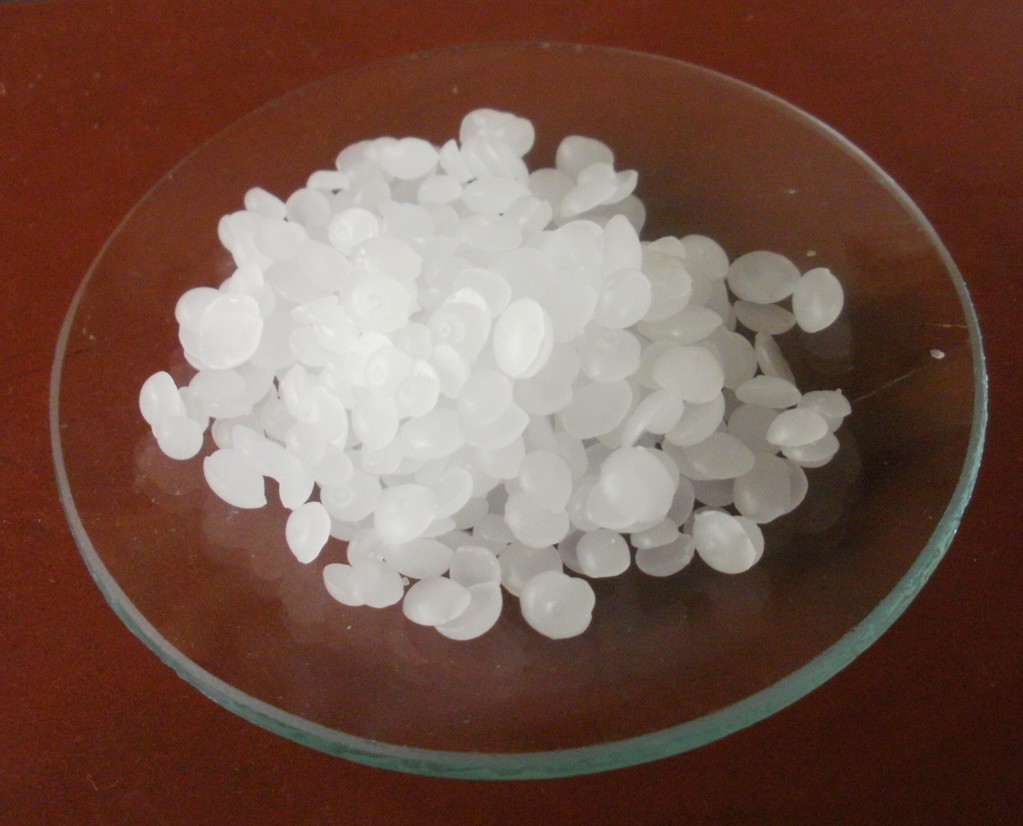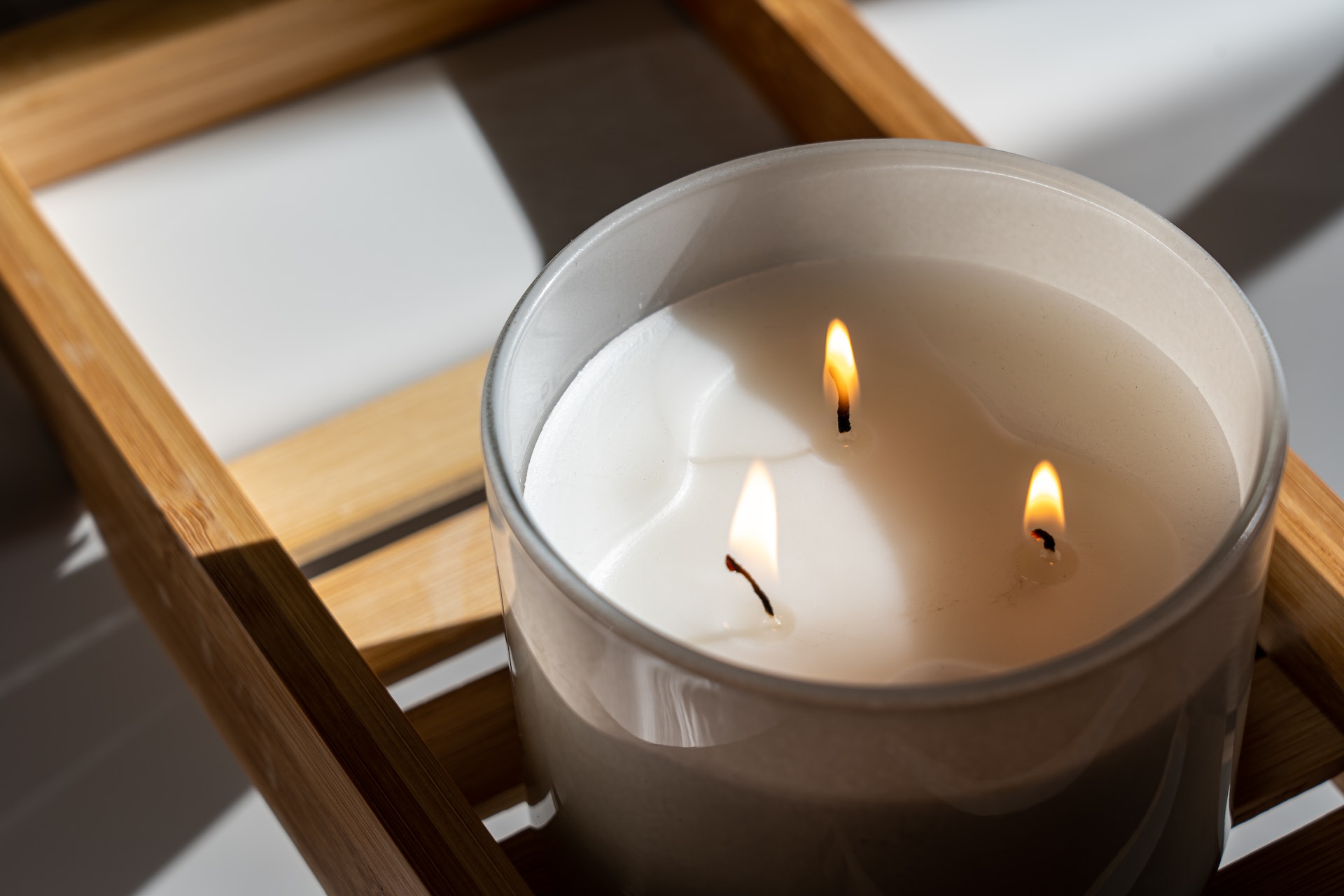Although artificial light has become indispensable since the 19th century invention of the light bulb, many people still enjoy the soothing glow of a candle. Whether to decorate a room, to scent our home, or to accompany our meditation or prayers, these simple artifacts are still widely used today.
Most candles are made of paraffin, an economical wax derived from petroleum, coal or oil shale. Although paraffin burns clean, its combustion releases noxious gasses and sediments that threaten our health and the environment. But was it always this way?
Let’s learn how some of the materials in candles may be harming our health and which natural alternatives are the safest.
The natural beginnings of candles
The history of candles is truly fascinating. They date back to around 3,000 to 5,000 years ago, when the ancient Egyptians soaked the dried pith of the reed plant in melted animal fat to use it as a source of light or in religious celebrations.

It was the Romans who allegedly created the first wicked candles using tallow — a rendered form of cow or sheep fat. Animal fats were also used by Alaskan and Canadian tribes, who burned euchalon — a fish so oily it ignites when dried — as a source of light. Other civilizations resorted to waxes made from local plants, such as that extracted from the fruit of the cinnamon tree in India.
Success
You are now signed up for our newsletter
Success
Check your email to complete sign up
For centuries, candles have played a major role in religious celebrations. In fact, in Christianity, candles represent the purifying light of God and have been widely used since the time of Constantine, creating a high demand for their improvement and practicality. This is how beeswax candles appeared during the Middle Ages.
Compared to the acrid-smelling, animal-based candles, beeswax burned more cleanly while releasing a pleasant smell. However, they were expensive to produce and only the wealthy could afford them, so the need to find economical alternatives became more pressing.

In the 18th century, with the rise of whaling, a convenient discovery was made: sperm whales have a substance called spermaceti in their heads that, when crystallized, can burn brightly without giving off an unpleasant odor. Unfortunately for the whales, these new candles became widespread, especially since this material stayed solid even in warm climates.
At this time, colonial women in the United States made candle wax by boiling bayberries — the waxy fruit of an aromatic and medicinal shrub native to North America. While their distinctively fragrant resin made them highly desirable, the production process was terribly laborious and time-consuming.
It was in the 19th century that candle production moved away from animal and vegetable sources and turned to chemical extraction. In the 1820s, a French chemist extracted stearic acid from fatty acids, developing a hard, clean wax called stearin that is still commonly used in Europe. In the 1850s, chemists turned to petroleum and, through refining processes, developed paraffin, the main component of most candles today.
The drawbacks of inexpensive mass production
As a by-product of refined crude oil, paraffin is readily available and thus, inexpensive. However, studies have shown that when burned, paraffin releases chemicals such as benzene, toluene and formaldehyde — all three known to be possible human carcinogens — as well as naphthalene, a compound that may cause skin and eye irritation when inhaled.
To achieve their signature whiteness, paraffin candles are bathed in industrial strength bleach. When chlorine bleach comes into contact with organic compounds — like paraffin — it forms dioxins, a highly toxic compound that, according to the World Health Organization, can cause reproductive and developmental problems, damage the immune system, and result in cancer.

Acrolein, a solidifying agent, is also added to paraffin. This colorless or yellow liquid turns to vapor during candle combustion, and when present in high concentrations in breathing air, it can irritate the respiratory tract — nose and throat — as well as the eyes.
In addition, artificially scented candles contain phthalates to make the scent last longer. This chemical, commonly used to make plastics more durable and to dissolve other materials, has been linked to cardiovascular disease, infertility in men, premature births, cognitive deficiencies in infants and cancer. More immediate effects of exposure to phthalates include irritation of the eyes, nose and throat, itchiness and headaches.
Candles that are artificially colored are generally made with petroleum-based dyes. Burning these candles will naturally release toxic volatile organic compounds (VOCs) into the air, increasing the incidence of respiratory problems and polluting the environment.

Returning to natural candles
While we don’t advise you to go fishing for an eulachon to dry and burn or to pend precious hours extracting wax from berries, opting for a natural type of wax at your typical candle store is a good step towards more traditional, natural ways.
Beeswax candles remain a natural and pollution-free alternative. Produced by honey bees, this wax is free of toxins and is even suitable for human consumption. Its natural scent can be described as earthy and subtly sweet, evoking the distinctive aroma of honey.
Beeswax has one of the highest melting points, which prolongs its lifespan. However, it is not easy to guarantee that the bees involved in the production process are treated ethically, so checking this before you buy your beeswax candle may benefit our flying friends.

When it comes to plant-based waxes, soy wax is a popular choice. Made from soybean oil, it is a natural, biodegradable wax with a neutral smell. Since it has a lower melting point, these candles have an excellent fragrance throw — the speed and intensity with which their fragrance flows into the air — making them great candidates for carrying essential or infused oils whose medicinal properties can benefit your health. In addition, they burn two to three times longer than paraffin.
Coconut wax is a top choice. Made from cold-pressed coconut meat or oil, this colorless, odorless wax is remarkably friendly to the environment, as it emits no smoke or soot. Like soy wax, coconut wax burns slower than paraffin and has a superior scent throw, making it suitable for aromatherapy. Coconut wax may be expensive, but it yields a high quality natural candle.
Feeling creative? By making these natural candles at home, you can not only mix different types of wax to enjoy their combined natural qualities, but you can also scent them with safe and natural essential oils.
Stay tuned for Part III, and more suggestions on natural and traditional ways to maintain a toxin-free home.
Click here for Part I of this series: Common Products With Toxins and Their Healthy Alternatives, Part I – Covered in Chemicals















